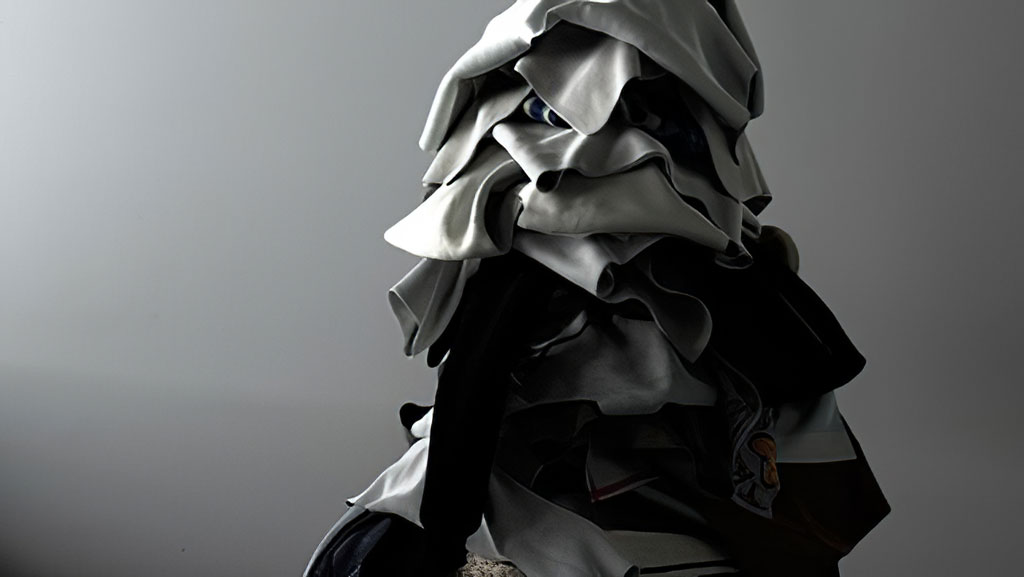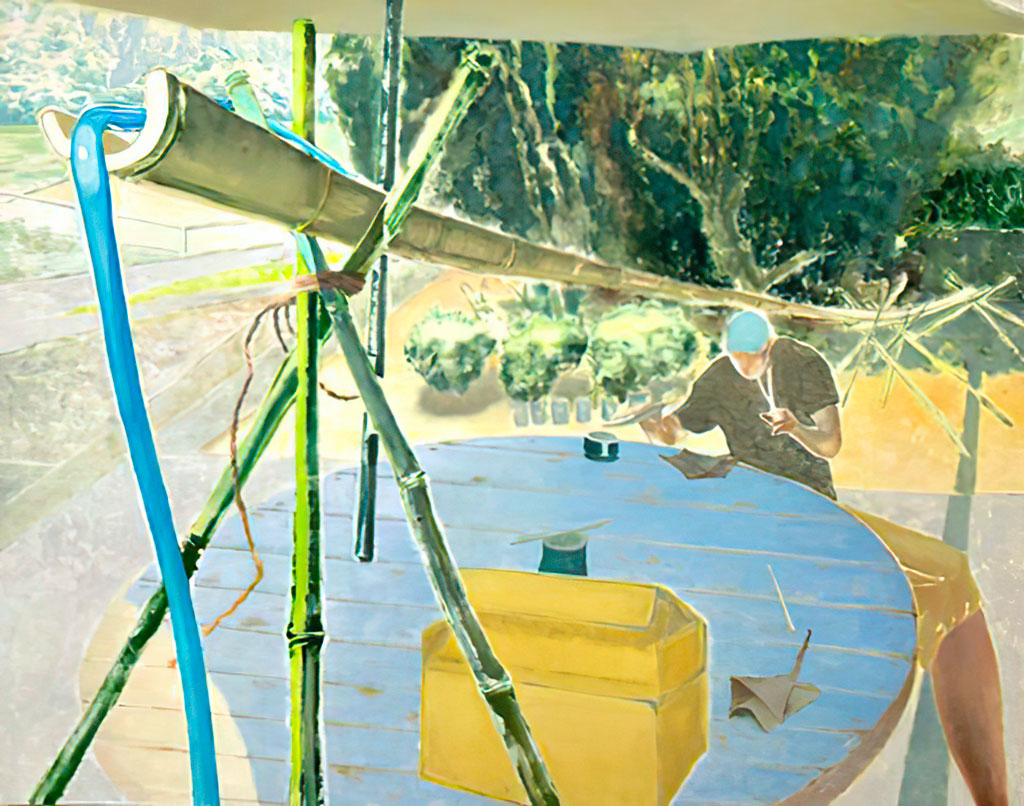ART CITIES:Tokyo-Stasis Field
![]() The term “Stasis field” has been used in science fiction novels and games, to refer to an area in which time seemingly stands still or is significantly delayed, and contents appear motionless. Due to the standstill and crystallization of time in a stasis field, objects in that area are in a state where they can be closely observed, or slowed down to such an extent that their shapes appear distorted.
The term “Stasis field” has been used in science fiction novels and games, to refer to an area in which time seemingly stands still or is significantly delayed, and contents appear motionless. Due to the standstill and crystallization of time in a stasis field, objects in that area are in a state where they can be closely observed, or slowed down to such an extent that their shapes appear distorted.
By Dimitris Lempesis
Photo: Tokyo Arts and Space Hongo Archive
The works in the exhibition “Stasis field” stop or delay time in order to make it observable from their own respective points of view, and produce works of art in which they actively respond to and creatively express the differences, shifts and distortions that result from such temporal stagnation. In times when social life is increasingly dominated by the acceleration and quick processing of all kinds of matters. Experiences we make in such special kinds of situations Stasis Fields may function as turning points that changes existing ideas and previous perceptions. From the various sceneries he encounters in daily life, Tanaka Shusuke stores all those things that bring him fresh new sensations, and experiences that make him feel scared or uncomfortable, inside his body. These things he uses as a source of inspiration for every new painting he creates. The sceneries he illustrates through the filter of what he thought or felt in those situations contain single elements that are depicted extremely large or otherwise emphasized, which results in a distorted spatial perception and a strange sense of reality. At this exhibition, Tanaka unveils several new works that show some of his recently encountered sceneries. Hirose Nana & Nagatani Kazuma moved to Germany in 2007, where they continue to produce artworks. Through the various transformations and catabolic processes they introduce to daily commodities and objects we usually encounter on a daily basis, the artists explore in their works what exactly the viewers are perceiving in each case. Shown in this exhibition is the installation “Still life”, consisting of 300 fruits, vegetables, cups and other objects molded from a special kind of porcelain compound. What looks like intentional deformations caused by some kind of external force, are in fact distortions that occurred as a chemical reaction to the heat when firing the porcelain. These numerous white objects eventually trigger a transformation of the entire space they are placed in, and encourage the viewer to recognize familiar things from different perspectives. For his video works, Watanabe Go recreates by way of 3-D computer graphics real sceneries and objects around him, and makes them gradually transform in ways disconnected from physical and optical laws. Based on the experience of spending a year in Finland in 2017, this time he produced a work in which he emphasizes the perception of light that he found to be different than in his native Japan. Unveiled in this exhibition is a new video installation that questions material, spatial and temporal characteristics, by reorganizing the temporal order and angles of light falling onto books and a pile of laundry.
Info: Tokyo Arts and Space Hongo, 2-4-16 Hongo, Bunkyo-ku, Tokyo, Duration: 22/2-22/3/20, Days & Hours: Tue-Sun 11:00-19:00, www.tokyoartsandspace.jp


